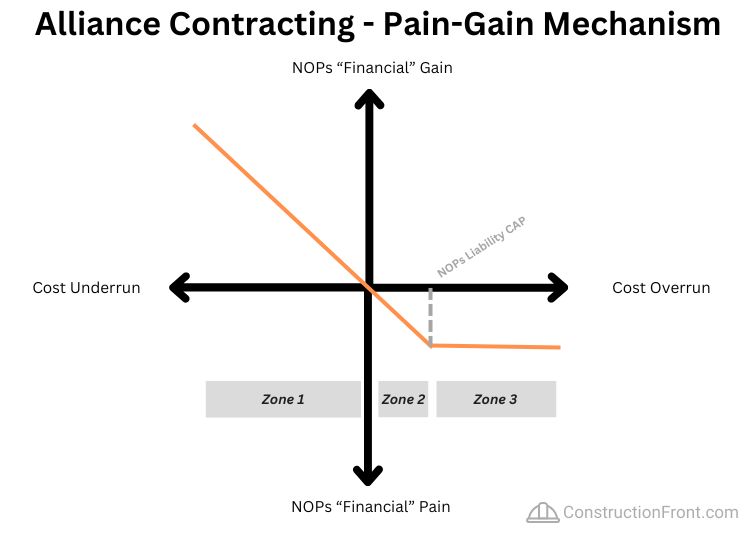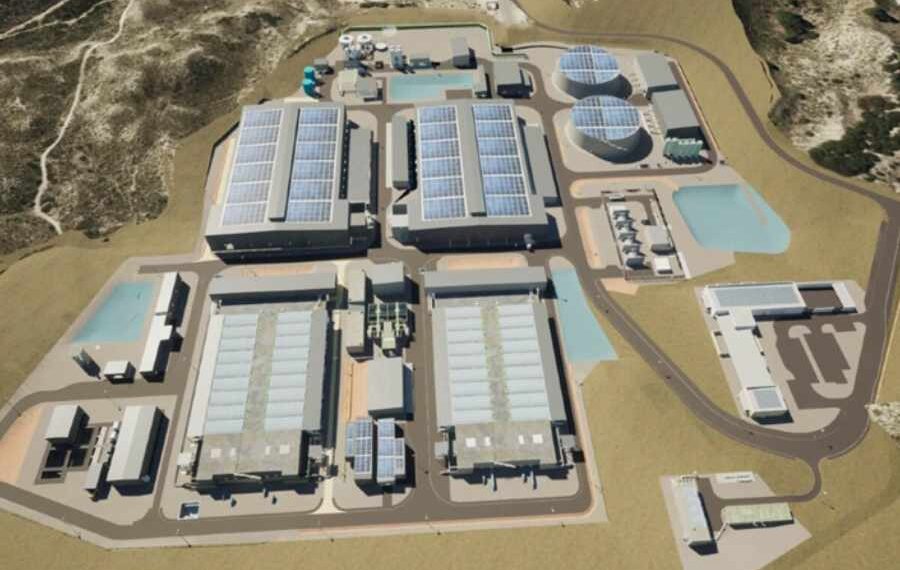A consortium between Acciona and Jacobs has been chosen as the preferred proponent by Water Corporation, Western Australia’s largest water utility, for the design, construction, operation, and maintenance of the upcoming Alkimos Seawater Desalination Plant (ASDP) in Perth (WA) under a ten-year agreement.
The ASDP, with an initial capacity of 50 billion litres per year and potential expansion to 100 billion litres per year, will incorporate features like ocean intake and discharge pipelines, a 33.5-kilometre water conveyance pipeline to Wanneroo Reservoir, and landscaped sand dunes to mitigate visual and noise impacts.
Alkimos Seawater Desalination Plant (ASDP) – About it
ASDP - The need for a desalination plant
Since 1970, winter rainfall in southwest Western Australia has experienced a 20 per cent decrease, while Perth’s population, currently at 2.12 million, is projected to reach 2.9 million by 2031 and 3.5 million by 2050.
This growth positions Perth as Australia’s third-largest city, significantly escalating the demand for drinking water. The Alkimos Seawater Desalination Plant will be situated within the Alkimos Water Precinct, bordered by Marmion Avenue and the coast. Water Corporation owns the land and already operates a wastewater treatment plant within the precinct.
Alkimos Seawater Desalination Plant – Key Features
The Alkimos desalination plant features (Further project details can be seen in the video below):
- a 50 billion litres per year capacity, with an option for future expansion to 100 billion litres per year.
- An ocean intake pipeline beneath the seabed for seawater supply, an ocean discharge pipeline for safe brine disposal, and
- A 33.5-kilometer pipeline conveying drinking water to Wanneroo Reservoir.
To mitigate visual and noise impacts, built-up vegetated sand dunes will be incorporated into the western side of the Alkimos Water Precinct. Additionally, provisions are made for a 4.9 billion litres per year groundwater treatment plant and local bores.
Related Project and News – Western Australia (WA)
Alkimos Seawater Desalination Plant – Alliance Contracting Approach
The project will be delivered under an alliance contract between Water Corporation (Owner), ACCIONA and Jacobs. Alliance contracting is a project delivery method where all parties, including owners and contractors and sometimes even designers and consultants (Non-Owner Participants – NOPs) form an alliance to work collaboratively.
This approach prioritizes shared goals, open communication, and risk-sharing among all parties, which is the main feature of alliance contracts. The contract is generally executed with a Target Outrun Cost (TOC), a cost benchmark or ceiling that governs the pain-gain mechanism.
In contrast to traditional procurement and contracting methods, most risks are shared between alliance members, such as design errors, artefact and valuable findings, latent conditions, unknown utilities, and many others.
In summary, the pain-gain mechanism is designed so that if the alliance can deliver the project below the TOC, all alliance members share the savings within a pre-agreed ratio (typically 50% for the Owner and 50% for the Contractor/NOPs).
On the other hand, if the alliance finalizes the project above the TOC, all the parties also share the pain within a pre-agreed ratio. The detail here is that agreements usually set a maximum loss amount (“loss cap”) by which the Contractor/NOPs will be liable.
Suggested Reading: What is an Alliance Contract? (Pros, Cons & Examples)

Zones | Description | Pain-Gain Share |
Zone 1 | Project is completed within (below) the Target Outrun Cost (TOC) and project savings are shared between the Owner and the NOPs. | Status: Gain Typical sharing: Owner – 50% NOPs – 50% |
Zone 2 | The project is completed above the pre-established TOC (overspending), and project losses are split between Owner and NOPs | Status: Pain Typical sharing: Owner – 50% NOPs – 50% |
Zone 3 | The project is completed above far above the pre-established TOC and above the NOP liability CAP. Project losses are split between Owner and NOPs until a pre-established liability CAP. Losses after this CAP are 100% absorbed by the Owner. | Status: Pain Typical sharing: Owner – 50% up to NOP liability CAP; 100% after it NOPs – 50% up to NOP liability CAP ; 0% after it |
Related Project and News – Australia
- CPB-Ghella-Acciona JV to deliver Suburban Rail Loop in Melbourne (Australia)
- Worley awarded FEED contract by ABEL Energy for Bell Bay Powerfuels Project in Tasmania
- Origin Energy chooses Fluent to deliver 300 MW / 650 MWh Battery in Australia
- CPB-Georgiou JV to deliver Paradise Dam Wall Replacement Project in Queensland













